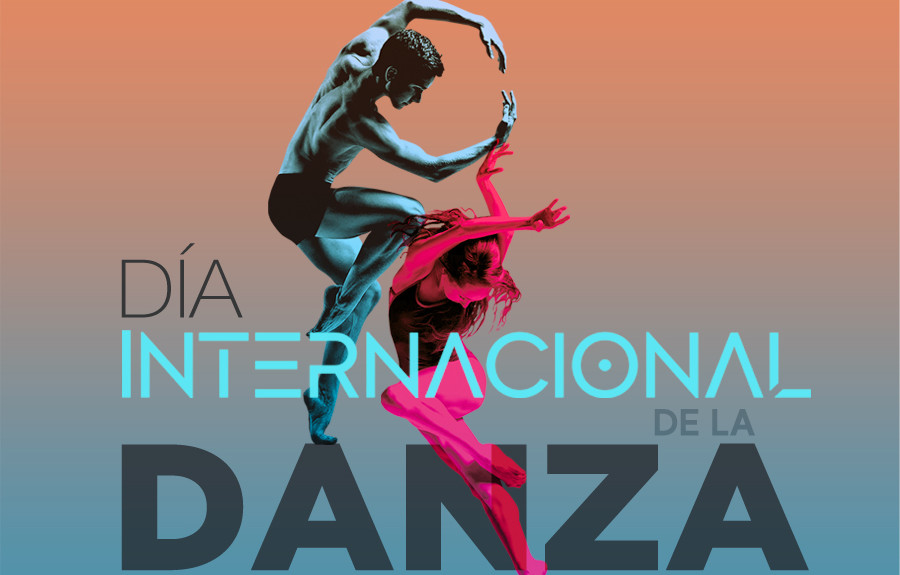Jean-Georges Noverre and the Origins of International Dance Day

Jean-Georges Noverre was born on April 29, 1727. In celebration of his birth and enduring legacy in the world of ballet, the International Dance Day was established. The initiative, originally proposed by master choreographer Piepor Gusev, was championed by the International Dance Committee of the International Theatre Institute.
The date was officially recognized by UNESCO in 1982, and since then, each anniversary has served to raise awareness about the importance of dance in society — not only as an educational and cultural tool but also as a way to bring people together across cultural, linguistic, and other divides. Dance is celebrated worldwide through performances, workshops, and conferences, highlighting its richness and diversity while providing a common language that transcends borders and unites people within the universal art form.
Noverre, whose birthday is commemorated by this celebration, is widely regarded as the father of modern ballet. According to researcher Edward Nye, Noverre left an indelible mark on the history of theatre, not only for being the first choreographer to write a comprehensive treatise on the aesthetic principles of dance but also for sparking debates and controversies among his contemporaries — discussions that modern scholars continue to study as valuable insights into the reception of his work.
Professor Lilo Tsitsou explores elements of the ballet d’action developed by Noverre, which she views as the culmination of the evolution of stage dance, moving away from the formalities of the royal court and, more importantly, beyond the institutional framework of the Académie Royale de Danse, founded by Louis XIV. Although the ballet d’action graced some of Europe’s most prestigious stages, it largely maintained independence from the traditional influences that shaped other dance forms, Nye points out.
“As a result of its relative political autonomy, ballet d’action contributed to the emancipation of civil society and emphasized new aesthetic values: individualism, naturalism, and the expression of genuine emotion. In this sense, the ‘action’ of these ballets represented a form of freedom,” Nye explains.
Henrik Neubauer, who led the UNESCO delegation at the time of the official proclamation of International Dance Day, also highlighted Noverre’s revolutionary impact on dance as an art form.
“He helped liberate dance from its previous role as mere entertainment, and his critical essays, Letters on Dancing and Ballets, opened the door to a new era of artistic expression. Everyone working in this field recognizes the profound need for dance — it sharpens self-awareness and deepens our understanding of the world around us. Dance must connect people, guiding them toward a world free from exploitation, poverty, and violence. Whether we are working with classical, romantic, modern, or contemporary creations set to the music of living composers, dance should always express the pursuit of human collaboration and dignity,” Neubauer affirmed.
“The art of dance is not detached from everyday life and human reality. It is deeply connected to everything that inspires us, to our hopes and dreams, our fears and aversions, our loves and desires. If we are to fully realize its potential in the future, we must preserve peace, ensure social progress, and bring people closer together through shared human ideals.”
Photo: https://studio.rebaila.com/
Translated by Luis E. Amador Dominguez



